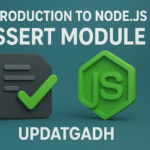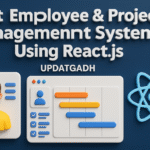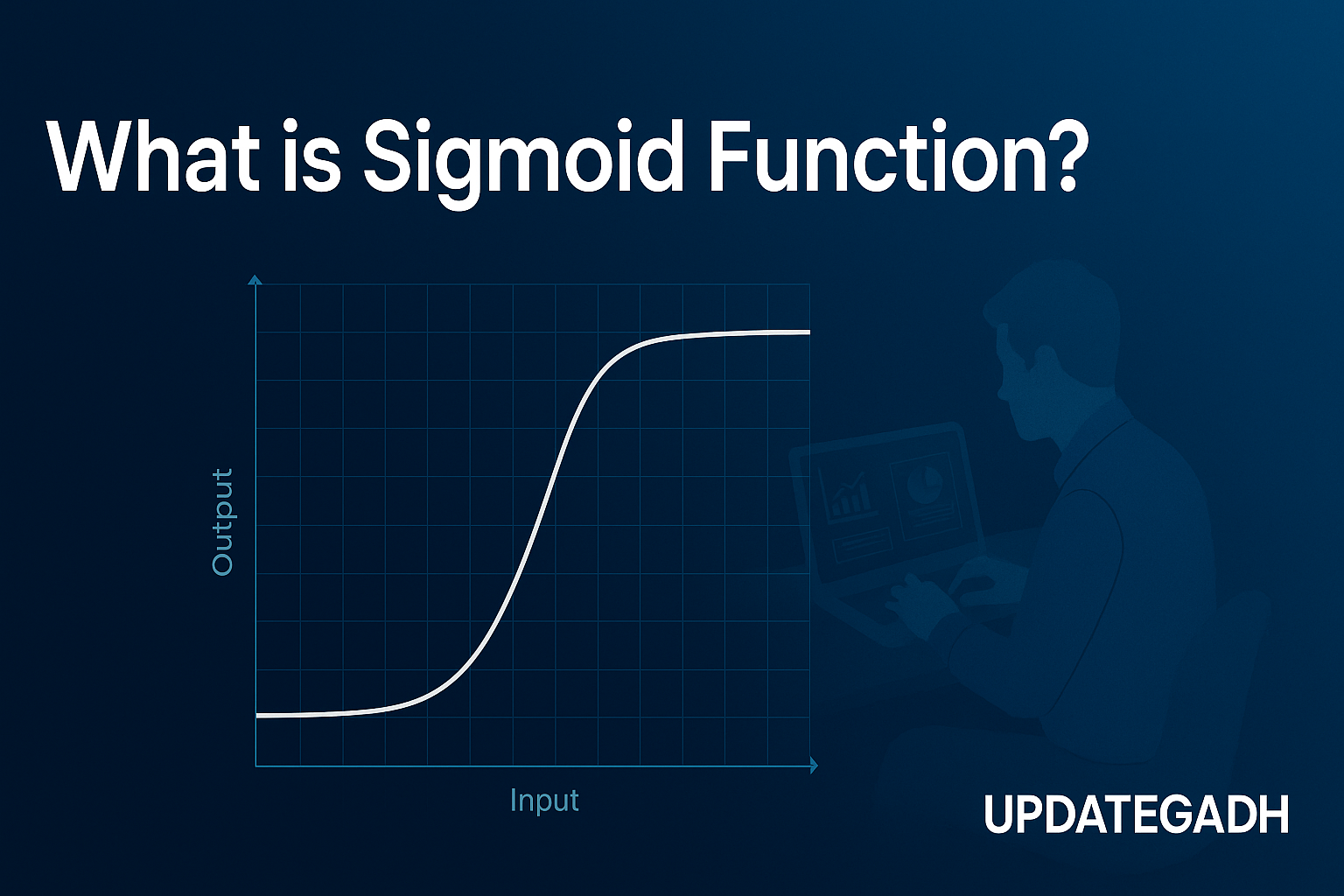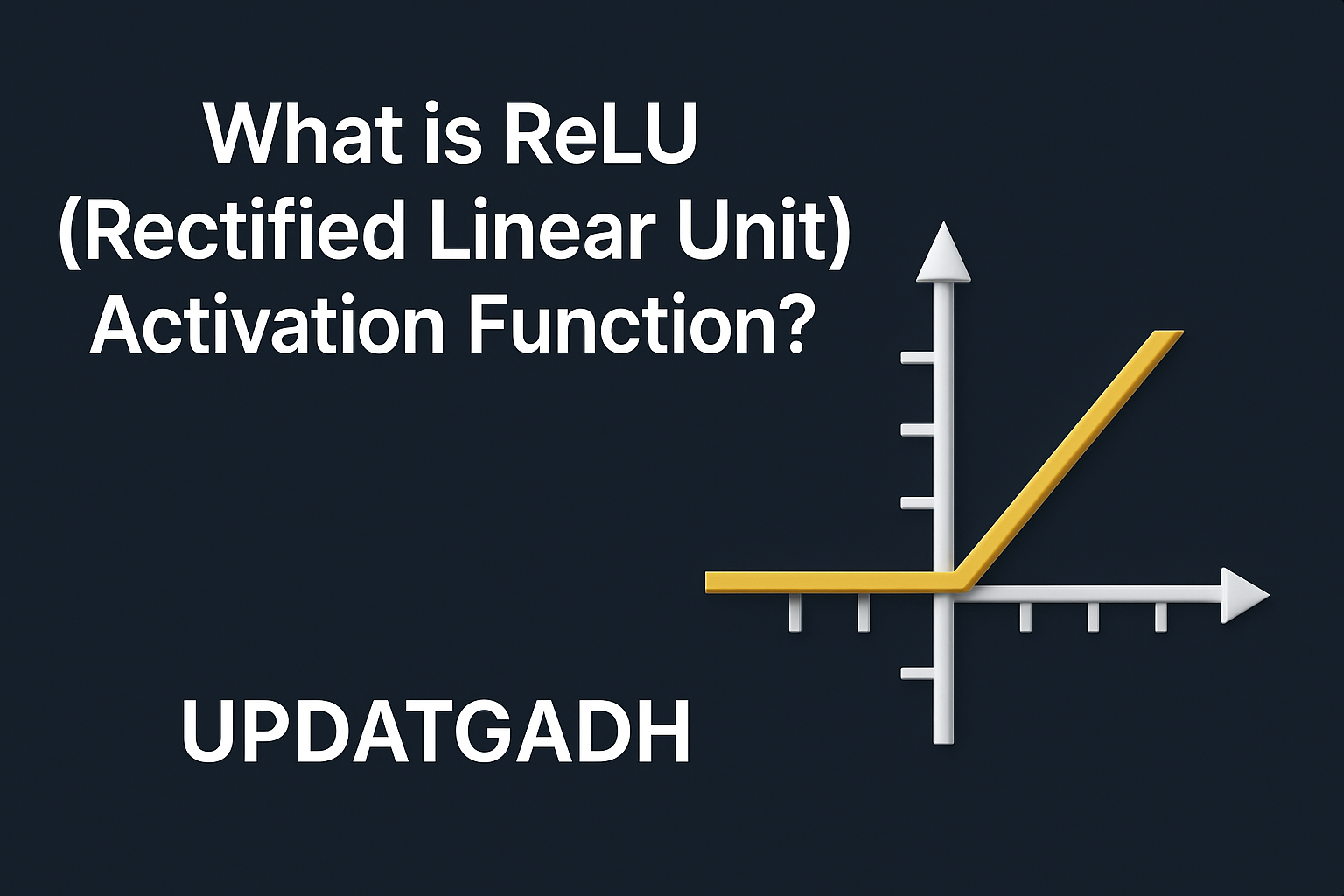
Regression Analysis in Machine Learning
Regression Analysis in Machine Learning
In the ever-evolving field of machine learning, regression analysis stands as a cornerstone technique for predicting continuous values. From estimating real estate prices to forecasting weather conditions, regression helps machines learn the underlying patterns in data and make smart, data-driven decisions.
Let’s dive into this powerful statistical method and explore its real-world applications, types, key terminologies, and how it empowers machines to think in numbers.
Complete Python Course with Advance topics:-Click Here
SQL Tutorial :-Click Here
🔍 What is Regression Analysis?
Regression Analysis is a statistical method used to model the relationship between a dependent variable (target) and one or more independent variables (predictors). It helps us understand how the target variable changes with variations in predictor variables—while holding other variables constant.
In simpler terms, regression answers questions like:
- “If we increase the budget for advertising, how will the sales be affected?”
- “What kind of pay might one anticipate based on their experience?
🎯 Example Use Case
Let’s say a marketing company, Company A, spends different amounts on advertisements each year and records their corresponding sales:
| Year | Advertisement Spend ($) | Sales ($) |
|---|---|---|
| 2014 | 100 | 500 |
| 2015 | 200 | 800 |
| 2016 | 300 | 900 |
| 2017 | 400 | 1200 |
| 2018 | 500 | 1500 |
Now in 2019, if the company spends $200, they want to predict the expected sales. Regression analysis will help estimate this value using a mathematical model.
🧠 Why Use Regression in Machine Learning?
Regression is a supervised learning algorithm that identifies patterns between input features and continuous outputs. It plays a critical role in:
- Prediction and forecasting
- Time series modeling
- Analyzing causal-effect relationships
✅ Key Advantages:
- Estimates relationships between variables
- Predicts real-world values like age, temperature, or prices
- Highlights trends in large datasets
- Identifies key influencing factors
📌 Important Terminologies
- Dependent Variable: The value we want to predict (e.g., Sales)
- Independent Variable: The features used for prediction (e.g., Advertisement Spend)
- Outliers: Data points that differ greatly from one another. They may skew the accuracy of the model.
- Multicollinearity: When predictor variables are highly correlated with each other—it can affect the model’s reliability.
- Overfitting: On training data, the model performs well; on unseen data, it performs poorly.
- Underfitting: Model performs poorly on both training and test data due to oversimplification.
🧩 Types of Regression in Machine Learning
Machine learning provides a variety of regression techniques tailored for different types of problems. Below are the most commonly used ones:
1. Linear Regression
Linear Regression is the simplest form of regression that models the relationship between the dependent and independent variables using a straight line.
Equation:Y = aX + b
Where:
Yis the predicted value (target)Xis the independent variableaandbare the model coefficients
🔍 Applications:
- Salary prediction based on experience
- Forecasting real estate prices
- Predicting stock trends
If there’s only one feature, it’s Simple Linear Regression. With multiple features, it becomes Multiple Linear Regression.
2. Logistic Regression
Logistic Regression is a classification algorithm, despite its name. It’s used when the dependent variable is categorical—like Yes/No, True/False, or 0/1.
It uses the sigmoid function to map predictions between 0 and 1:
f(x) = 1 / (1 + e^(-x))
It’s ideal for:
- Spam detection
- Loan approval prediction
- Disease diagnosis (Positive/Negative)
Types:
- Binary Logistic Regression
- Multinomial Logistic Regression
- Ordinal Logistic Regression
3. Polynomial Regression
Polynomial Regression is an extension of linear regression that can model non-linear relationships. It fits a polynomial curve to the data instead of a straight line.
Equation:
Y = b0 + b1x + b2x² + b3x³ + ... + bnxⁿ
Used when data points form a curve, such as:
- Predicting population growth
- Estimating complex sales patterns
- Modeling learning curves
4. Support Vector Regression (SVR)
Derived from Support Vector Machine (SVM), SVR is used for regression tasks.
Key components:
- Hyperplane: Predicts output values
- Margin (Boundary lines): Defines allowable error
- Support Vectors: Nearest data points to the hyperplane
SVR aims to find a function that has at most ε deviation from the actual values and is as flat as possible.
Use Cases:
- Stock price prediction
- Load forecasting
- Real-time traffic analysis
5. Decision Tree Regression
Decision Trees split the data into branches to make predictions. They work well with both categorical and numerical data.
Each node represents a decision based on an attribute, and leaves represent the output.
Use Cases:
- Recommender systems
- Loan risk analysis
- Personalized marketing strategies
6. Random Forest Regression
Several decision trees are combined in the Random Forest ensemble approach to increase accuracy.
It uses bagging (bootstrap aggregation) to build trees on random subsets of the data and averages the results.
Benefits:
- Reduces overfitting
- Handles large datasets efficiently
- Improves prediction performance
7. Ridge Regression (L2 Regularization)
Ridge Regression introduces a penalty term to reduce model complexity and avoid overfitting.
Equation:
Minimize (Sum of Squared Errors + λ * Σ(weights²))
Ideal when:
- High multicollinearity exists
- Number of predictors > number of samples
- The goal is to reduce variance
8. Lasso Regression (L1 Regularization)
Lasso (Least Absolute Shrinkage and Selection Operator) is similar to Ridge but uses absolute weights instead of squared.
Equation:
Minimize (Sum of Squared Errors + λ * Σ|weights|)
Unique ability:
- Can shrink coefficients to zero
- Automatically performs feature selection
Best for:
- Sparse datasets
- Identifying key predictors
- Building simple interpretable models
Download New Real Time Projects :-Click here
Complete Advance AI topics:- CLICK HERE
🔚 Final Thoughts
Regression analysis plays a foundational role in machine learning and data science, helping us translate real-world problems into mathematical models. Whether it’s predicting housing prices or estimating future demand, regression equips machines with the ability to reason with numbers and patterns.
At UpdateGadh, we encourage budding data scientists and developers to understand the essence of each regression technique, choose the right model for the problem, and always validate their assumptions before jumping into predictions.
Keep exploring. Keep learning. The data world is waiting for you!
📌 Stay tuned with UpdateGadh for more tech tutorials, ML concepts, and project guides.
Have questions or need help with a regression-based project? Drop a comment or connect with us!
types of regression in machine learning
linear regression in machine learning
logistic regression machine learning
classification in machine learning
multiple linear regression in machine learning
polynomial regression in machine learning
clustering in machine learning
classification and regression in machine learning
linear regression
decision tree in machine learning
regression analysis in machine learning with example
regression analysis in machine learning geeksforgeeks
regression analysis in machine learning python










1 comment